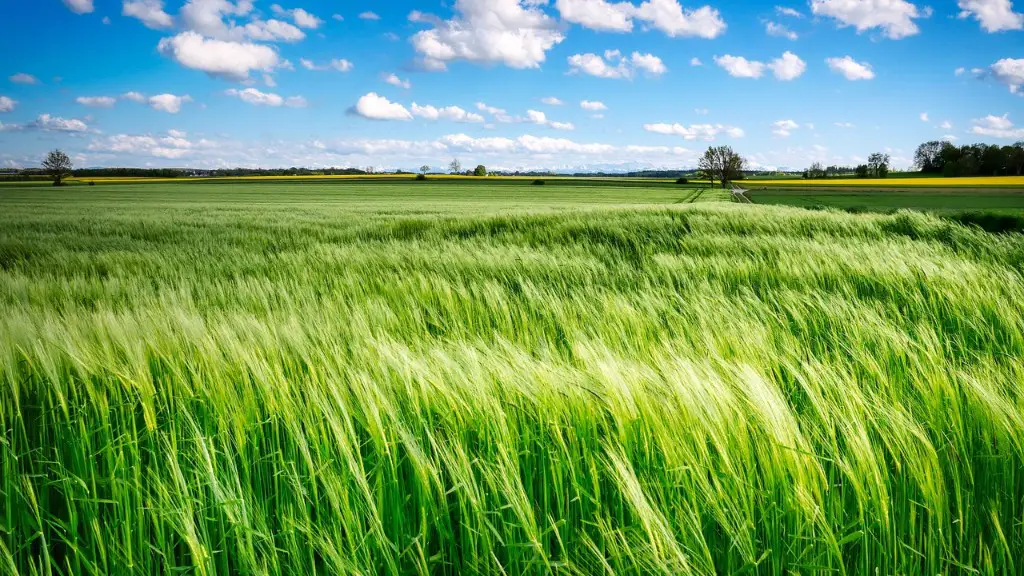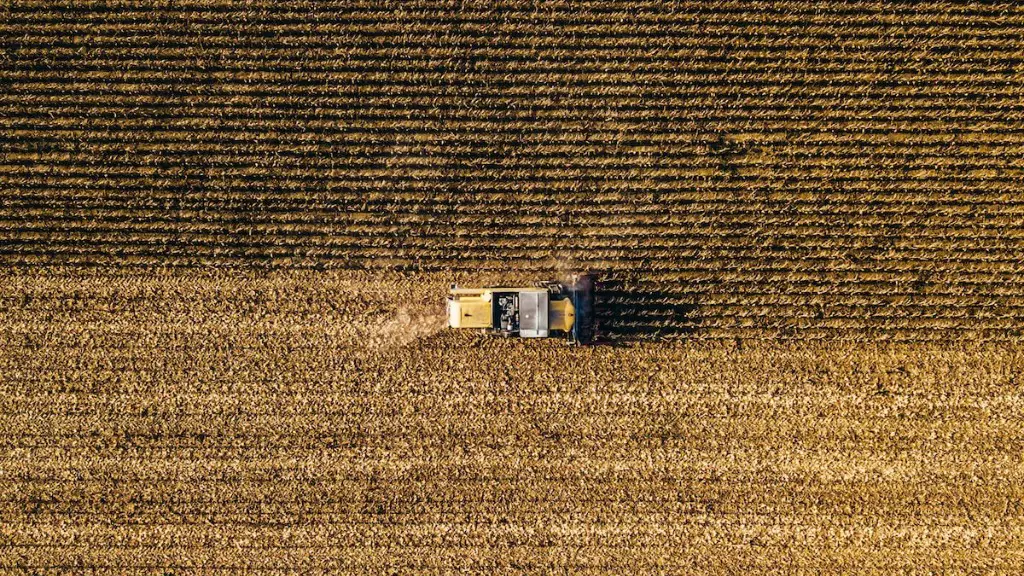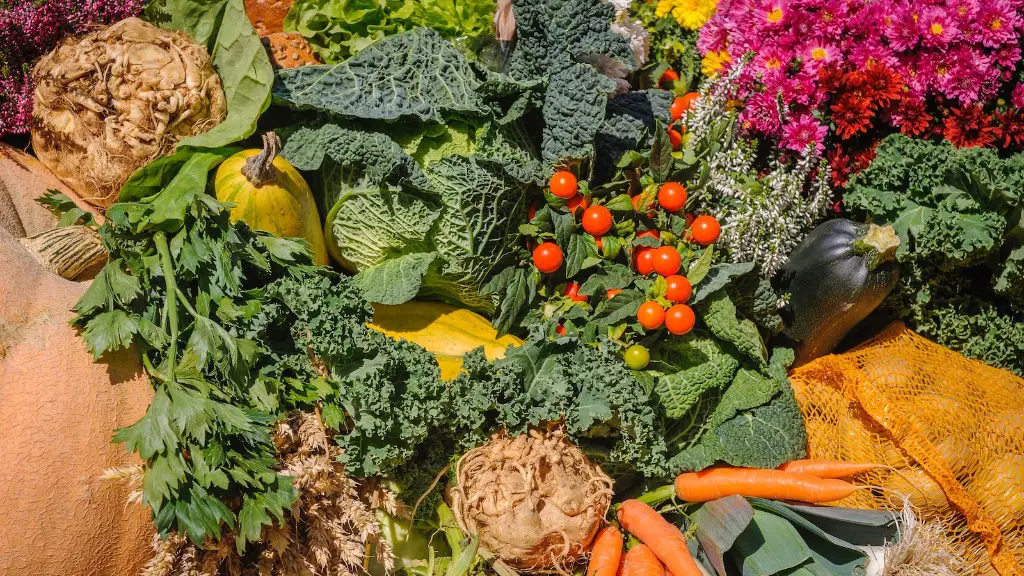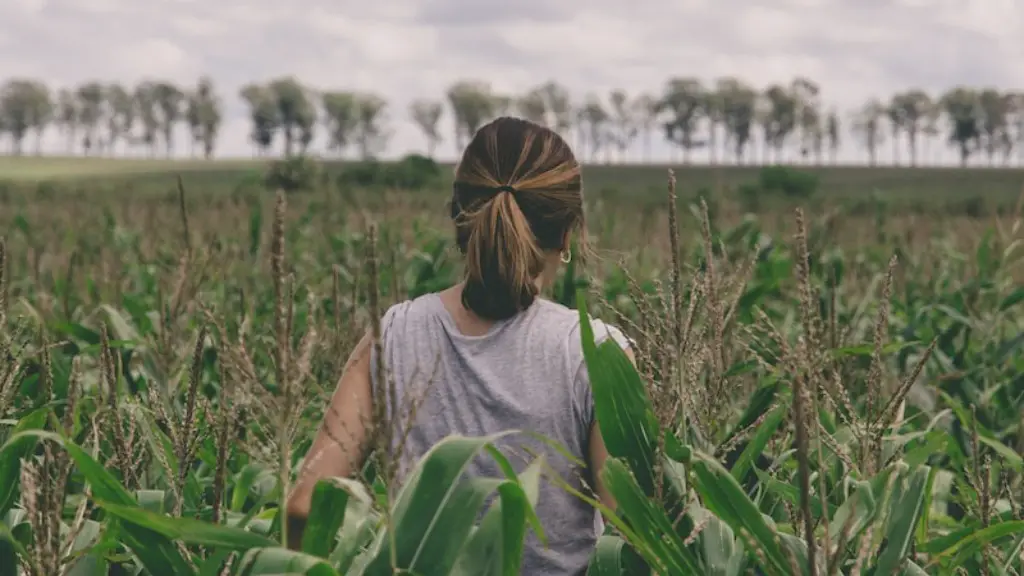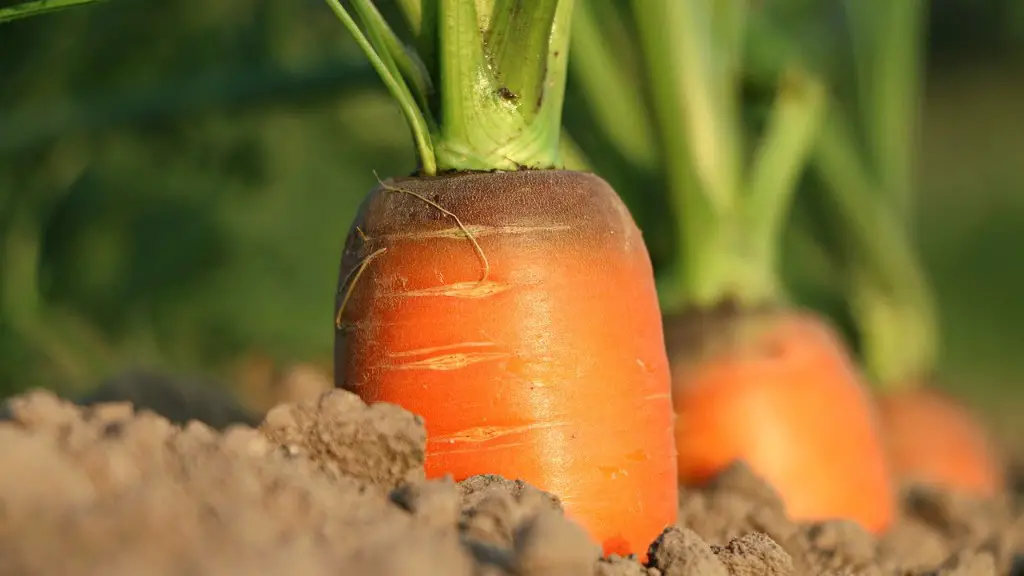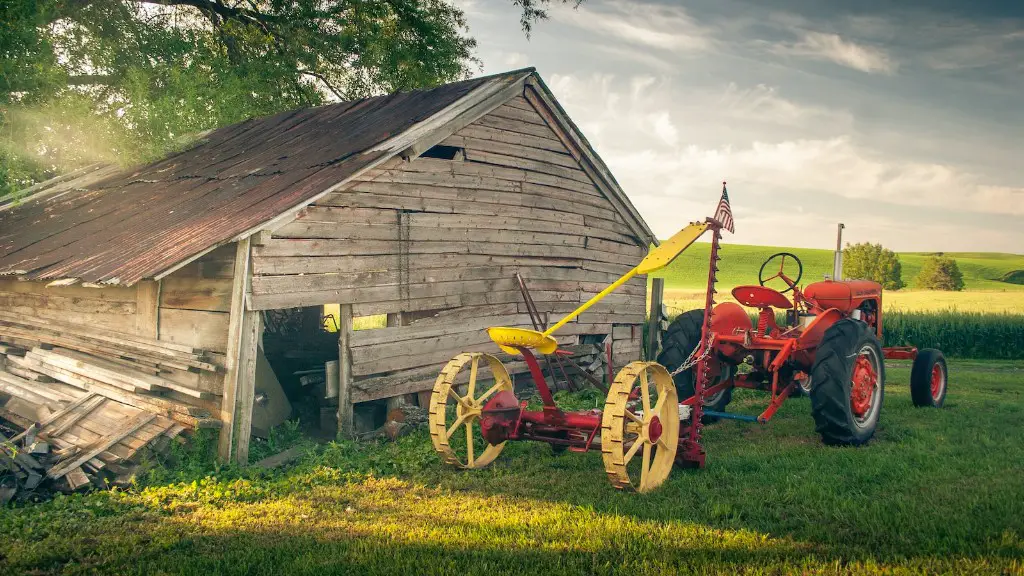Site selection is one of the most important decisions that farmers and agriculture professionals make. The right site can mean the difference between a thriving farm and one that struggles. There are many factors to consider when selecting a site for agriculture, including climate, soil type, rainfall, and more. With careful planning and research, farmers can find the perfect site for their needs and create a successful farm.
Site selection in agriculture is the process of choosing the best location for a farm or other agricultural facility. Factors that are considered include climate, soil type, topography, and access to water and other resources.
What is site specific agriculture?
Site-specific management is a great way to improve yields and decrease inputs. By detecting and measuring the differences within fields, farmers can make changes to management or inputs that will be more effective for that specific area. This can save time and money, and lead to higher yields.
It is important to understand the factors that can affect the success of a farm before making any decisions. The following are some important factors to consider when looking at a piece of property for farming:
1. Distance to neighboring residences: The closer the neighbors, the more likely they are to be affected by any odors or noise coming from the farm.
2. Direction of prevailing winds in relation to neighbors: The orientation of the wind can play a big role in how well the farm will do. If the wind is blowing towards the neighbors, they may be more likely to complain about the noise and smell.
3. An adequate source of water: A farm needs a lot of water, so it is important to have a source of water that can provide enough for the farm.
4. Access to land for manure application: Manure is a vital fertilizer for farms, so it is important to have access to land where it can be applied.
5. Topography: The topography of the land can affect how well the farm does. If the land is too hilly, it may be difficult to farm it. If the land is too flat, it may be susceptible to flooding.
6. Soil type:
What are the factors to consider in selecting the site for vegetable production
When choosing your site, consider climate, topography, exposure, soil conditions, and accessibility. Plant growth depends on three climatic factors: temperature range during the growing season, frost- free period, and moisture. All three of these factors are important to consider when choosing your site.
In site selection for a pond, the ecological factors to be considered include soil, water, topography and climate. The soil quality influences the pond productivity and water quality and determines the dyke construction. The water table is an important factor in the design of the pond. The topography influences the pond size, shape and depth. The climate affects the pond water temperature and evaporation.
What are the 3 types of agricultural land?
There are three main types of agricultural land: arable crop land, permanent crop land, and permanent grassland. Arable crop land is used for growing crops that are harvested each year, such as wheat and corn. Permanent crop land is used for growing crops that are not harvested each year, such as trees and vines. Permanent grassland is used for grazing animals, such as cows and sheep.
site-specific farming technologies can result in economic gain for farmers if used correctly, and can also decrease impact from the environment from off-sight movement of fertilizers to groundwater and surface waters.
What is the meaning of site selection?
It is important to select a site for your development project after the needs assessment is completed. This ensures that you do not compromise on key design aspects due to site limitations. The site selection process involves examining multiple options and assessing their relative advantages and disadvantages.
Fruit production is highly dependent on site selection. The right location can make a big difference in how well and how abundantly fruit will grow. Factors like slope, protection from frost, and soil type can all have a significant impact on potential production. In general, sloping sites provide the best protection against frost and produce the best fruit.
What is the importance of site selection
Choosing the right location for your industrial business is critical to its long-term success. A well-selected site can improve the efficiency of your operation and set you up for success. By improving your site selection process, you can make sure that you find the best possible location for your business.
There are four site characteristics that are the most important when selecting the location for a vegetable garden. These four characteristics are:
1. The site must have a minimum of eight hours of direct sunlight.
2. The site must have consistent moisture.
3. The site must have good airflow.
4. The site must have easy access.
What are the 7 factors to consider in site selection PDF?
The industrial clusters in Bangladesh are mostly located in and around the capital, Dhaka. However, there are several factors that make other locations more attractive for industrial development. In this study, seven criteria were considered: availability of raw materials, transportations, skilled labor, proximity to customers, energy availability, economic zone facility, and environmental impact. The five locations or alternatives that were found to be most ideal are Khulna, Chattogram, Bogura, Gazipur, and Manikganj. All of these locations have several advantages that make them more attractive for industrial development than Dhaka.
When choosing plants for your landscape, keep in mind that they have different water requirements. Some plants require more water than others, so be sure to consider this when making your selection. Also, keep in mind the texture, color, and form of the plant. Choose plants that will complement your landscape and add to its overall aesthetic.
Do you think site selection can affect the production
Organic producers should keep potential production problems in mind when choosing a site for their farm. One way to minimize these problems is by selecting a site that is less likely to experience them. Proper site selection can be an effective way to reduce potential issues and make organic farming more successful.
Site selection is a key component of any new facility project, and involves tradeoffs between various potential locations. The process typically begins with measuring the needs of the new project against the merits of potential locations, in order to identify the best fit. Once a general location is identified, more specific site selection criteria can be evaluated, such as availability of land, zoning regulations, transportation access, and utility hookups. The goal is to identify a location that will best support the success of the new facility.
What is plant location and site selection?
Plant location is a key strategic decision for any business. The choice of region and particular site can have a big impact on cost and benefits. It is important to carefully consider all alternatives before making a final decision. Once a decision is made, it is usually difficult to change.
Lead is a heavy metal that can be found in the soil, water, and air. It is harmful to both humans and the environment. The seven types of land use in our study are: (a) Road greenbelts; (b) Roadside; (c) Residential area; (d) Neighborhood park; (e) Forest; (f) Industrial area; (g) Institutional sites. Each of these land uses has different levels of lead contamination. Road greenbelts have the highest levels of lead, followed by roadside, residential, and neighborhood parks. Forests have the lowest levels of lead, followed by industrial areas and institutional sites.
What is the difference between farmland and agricultural land
Agricultural land is typically land devoted to agriculture, the systematic and controlled use of other forms of life—particularly the rearing of livestock and production of crops—to produce food for humans. It is generally synonymous with both farmland or cropland, as well as pasture or rangeland. Agricultural land can be found all over the world, though the exact amount of land devoted to agriculture varies from country to country. In general, countries with large populations and/or large agricultural sectors will have more agricultural land than those with smaller populations and/or agricultural sectors.
The agricultural area is the sum of arable land, permanent crops, permanent meadows and pastures. It accounts for the land used for growing crops and raising livestock. The area used for each activity varies from country to country.
Conclusion
There is no definitive answer to this question as it can vary depending on the specific agricultural project in question. Generally speaking, site selection for agriculture purposes refers to the process of choosing the most suitable location for crop production, livestock grazing, or any other type of agricultural activity. Factors that are typically considered during the site selection process include climate, soil type and quality, topography, and access to water and other resources.
Site selection in agriculture is a process of choosing the right location for a farm or other agricultural facility. The right site can lead to increased production, lower operating costs, and a better quality of life for the people who work there. Choosing the wrong site can have the opposite effect.
